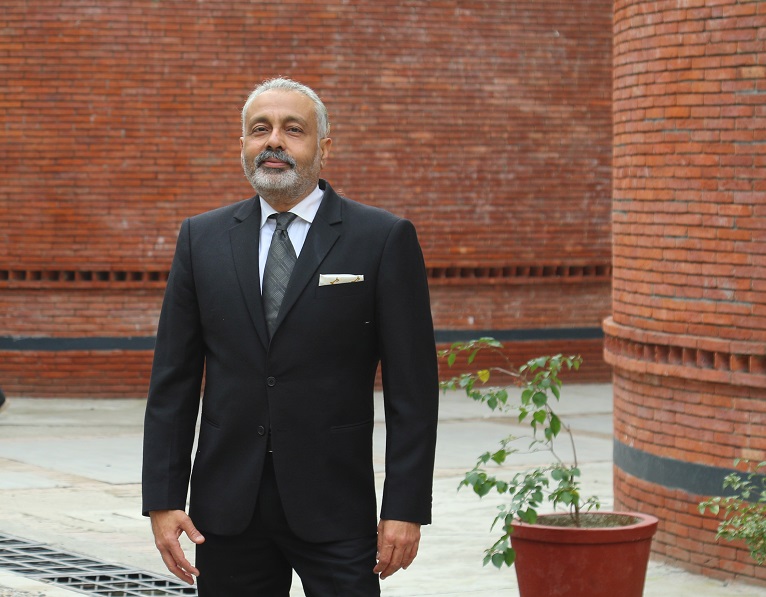Equitable Access to Quality Education
In India, poor quality education is the leading cause behind poor learning outcomes, eventually pushing children out of the educational system and leaving them vulnerable to child labor, abuse, and violence. Many classrooms still feature teacher-centered rote learning, corporal punishment, and discrimination.
Here’s what Anoop Singh Bishnoi, a well-known entrepreneur, and educationist, has to say about this, “We must all agree that the pandemic did not cause the global learning crisis; it existed before the pandemic, COVID-19 just exacerbated it. Under-resourced schools, underpaid and under-qualified teachers, overcrowded classrooms, and antiquated curricula are jeopardizing our children’s ability to achieve their full potential. Our educational systems’ trajectory is, by definition, the trajectory of our future. We must reverse current trends or face the consequences of not educating an entire generation. Today’s lack of learning means fewer opportunities tomorrow. A priority is to ensure that every student has a solid foundation in basic reading and mathematics — key skills that children need to build their own futures, as well as of their families’, moreover, good schools should ensure at least 25% places for under-privileged but exemplary children…”
Every girl and boy in India has a fundamental right to a quality education, one that allows them to acquire basic literacy and numeracy, enjoy learning without fear, and feel valued and included, regardless of their background. Because learning deficits are a major cause of intergenerational poverty and inequality, the learning crisis is about more than just individual achievement; it is widely regarded as a threat to global and national development, growth, and prosperity.




Comments
Post a Comment